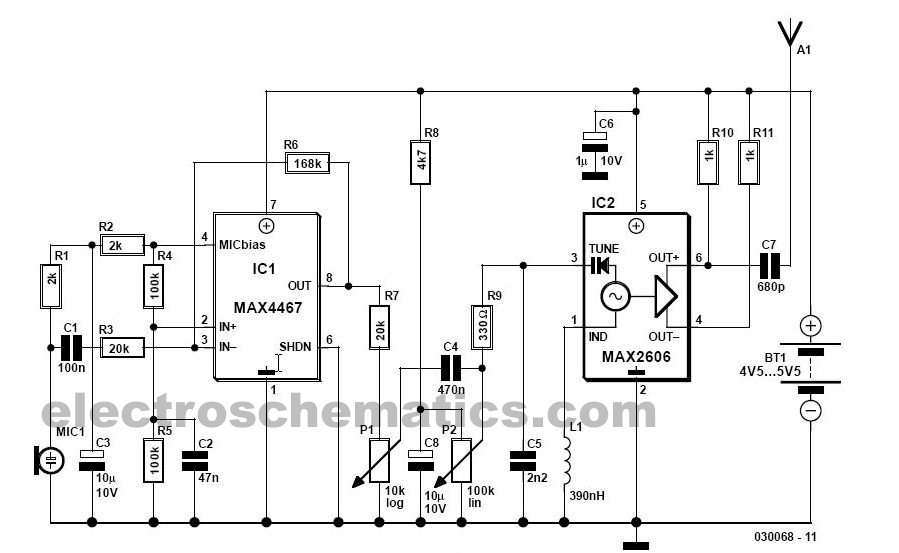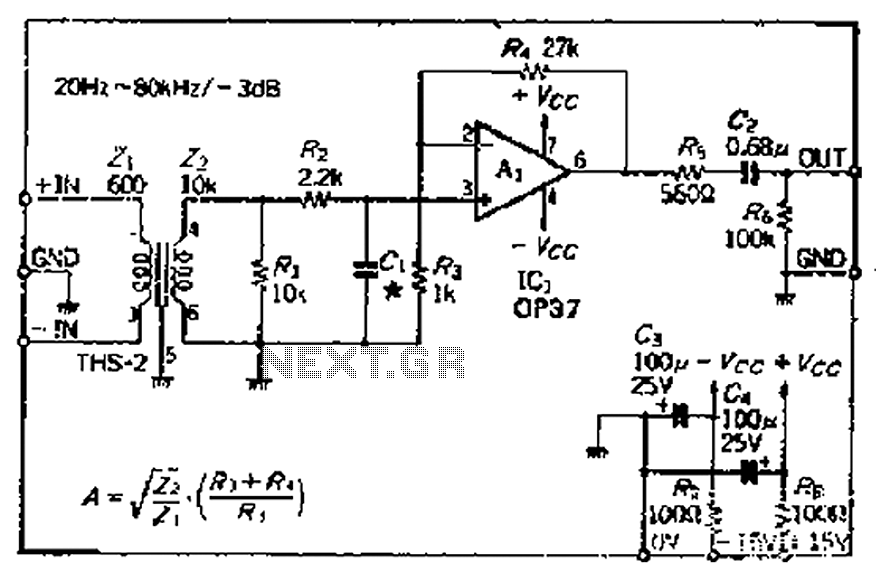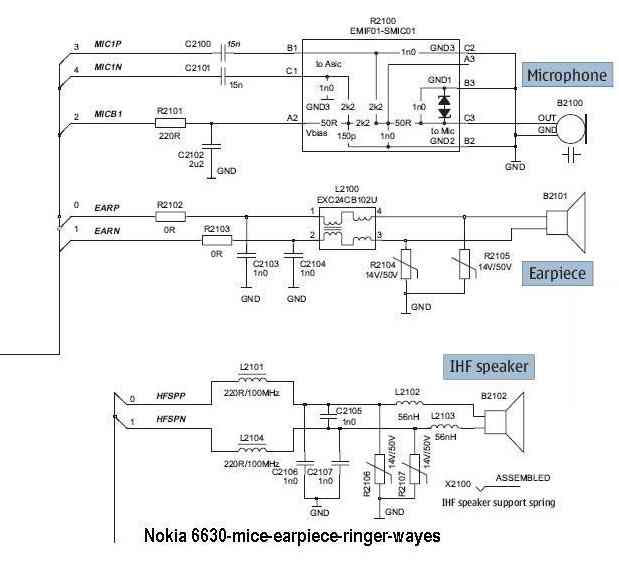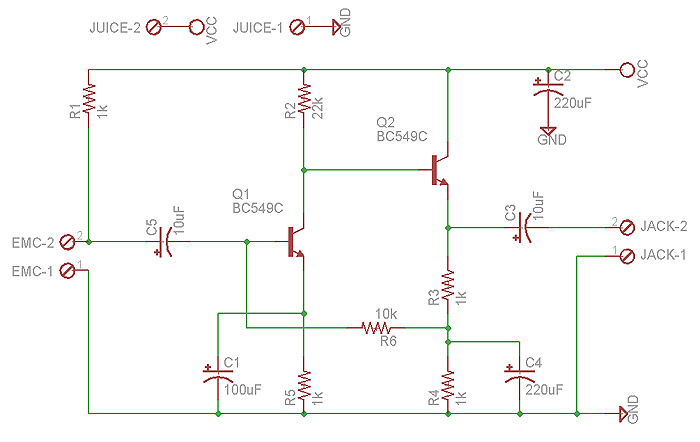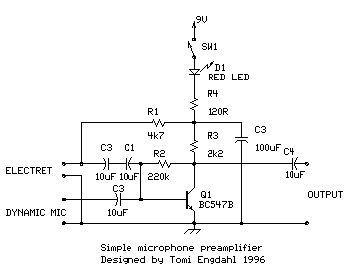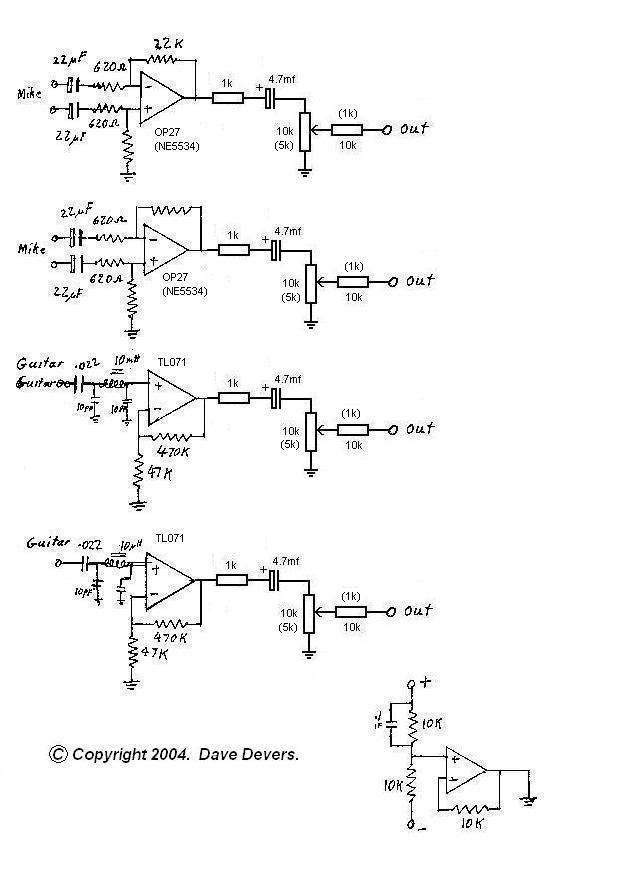
Sony C-37A Condenser Microphone
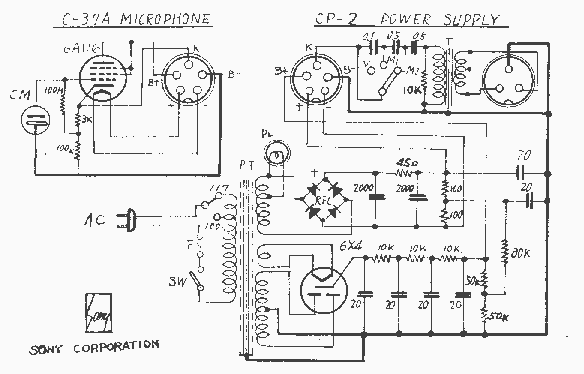
One of my prize pieces of equipment is a pair of Sony C-37A large capsule tube, condenser microphones. I bought these from the radio station at college because they were getting hard to use, and an intermittent connector problem resulted in a nasty high-voltage shock to the station manager!
The Sony C-37A microphone is a large diaphragm condenser microphone, known for its warm sound and high sensitivity, making it suitable for various recording applications, including vocals and instruments. The microphone utilizes a vacuum tube design, which contributes to its unique tonal characteristics.
The microphone features a large diaphragm that captures sound waves effectively, allowing for a broad frequency response. It operates on a high-voltage power supply, typically requiring 120V AC to power the internal tube. This high-voltage operation necessitates careful design considerations to ensure user safety, especially in preventing electrical shocks from faulty connections.
The C-37A is equipped with a transformer-balanced output, which helps in reducing noise and maintaining signal integrity over longer cable runs. The microphone's connector is usually an XLR type, which is standard in professional audio equipment. However, the intermittent connector problem mentioned indicates that the connector may have become worn or damaged, leading to unreliable connections and potential safety hazards.
For optimal performance, it is crucial to regularly inspect and maintain the microphone's connectors and internal components. This includes checking for any signs of wear or damage, ensuring that the power supply is functioning correctly, and verifying that all connections are secure. Proper maintenance can help prolong the life of the microphone and ensure consistent audio quality.One of my prize pieces of equipment is a pair of Sony C-37A large capsule tube, condenser microphones. I bought these from the radio station at college because they were getting hard to use, and an intermittent connector problem resulted in a nasty high-voltage shock to the station manager!
🔗 External reference
The Sony C-37A microphone is a large diaphragm condenser microphone, known for its warm sound and high sensitivity, making it suitable for various recording applications, including vocals and instruments. The microphone utilizes a vacuum tube design, which contributes to its unique tonal characteristics.
The microphone features a large diaphragm that captures sound waves effectively, allowing for a broad frequency response. It operates on a high-voltage power supply, typically requiring 120V AC to power the internal tube. This high-voltage operation necessitates careful design considerations to ensure user safety, especially in preventing electrical shocks from faulty connections.
The C-37A is equipped with a transformer-balanced output, which helps in reducing noise and maintaining signal integrity over longer cable runs. The microphone's connector is usually an XLR type, which is standard in professional audio equipment. However, the intermittent connector problem mentioned indicates that the connector may have become worn or damaged, leading to unreliable connections and potential safety hazards.
For optimal performance, it is crucial to regularly inspect and maintain the microphone's connectors and internal components. This includes checking for any signs of wear or damage, ensuring that the power supply is functioning correctly, and verifying that all connections are secure. Proper maintenance can help prolong the life of the microphone and ensure consistent audio quality.One of my prize pieces of equipment is a pair of Sony C-37A large capsule tube, condenser microphones. I bought these from the radio station at college because they were getting hard to use, and an intermittent connector problem resulted in a nasty high-voltage shock to the station manager!
🔗 External reference
